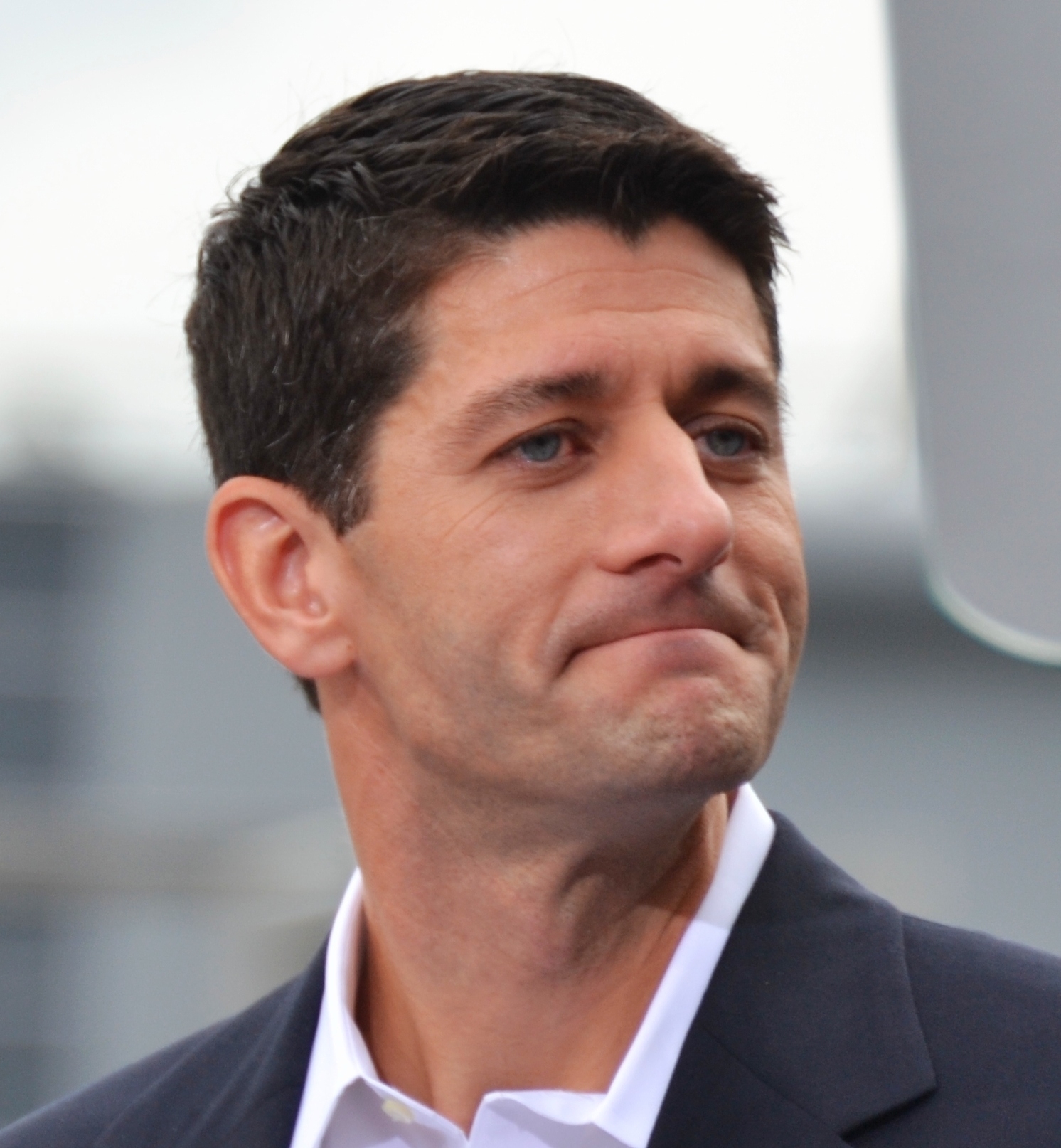Paul Ryan, Speaker of the U.S. House of Representatives, has been a controversial figure throughout the 2016 Election cycle. Ryan seemed hesitant to support President-elect Donald Trump, and at times the relationship between the House Speaker and GOP nominee appeared to be downright hostile. On other occasions, Ryan was conspicuously silent, avoiding public comment.
In November, two days before the General Election, Ryan published an op-ed with CNN, highlighting his reasoning for supporting Trump. In the piece, he asks readers to “go to better.gop and take a look at what a unified Republican government can get you. And then vote Republican — Donald Trump, our Senate candidates and our House candidates — so we can start turning things around.”
The link leads to a page that details Ryan’s “A Better Way” plan. The program, rolled out earlier this year, describes six key areas that Ryan feels a Republican-controlled government should focus on and reform:
Poverty
The plan proposes to combat poverty through welfare reforms that would include work requirements, increased integration of siloed federal poverty programs, collaboration with private-sector providers, retirement reforms that make it easier for small businesses to provide retirement benefits, and better tools to assess these programs. The proposed solutions for poverty also include a focus on education in impoverished communities.






